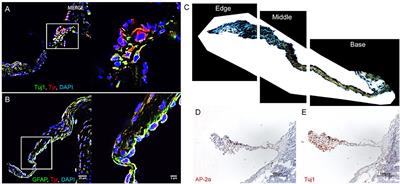ORIGINAL RESEARCH
Published on 01 Dec 2022
Development and analysis of a comprehensive diagnostic model for aortic valve calcification using machine learning methods and artificial neural networks
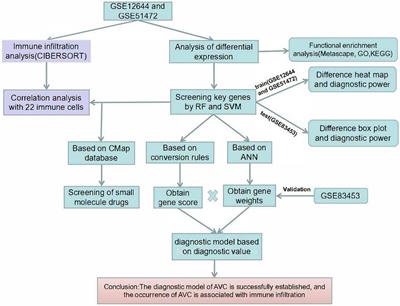
doi 10.3389/fcvm.2022.913776
- 2,114 views
- 1 citation
9,427
Total downloads
33k
Total views and downloads
ORIGINAL RESEARCH
Published on 01 Dec 2022

ORIGINAL RESEARCH
Published on 26 Aug 2022
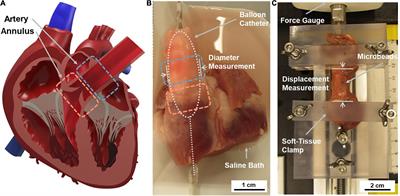
ORIGINAL RESEARCH
Published on 24 Aug 2022
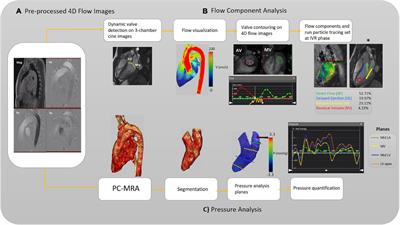
REVIEW
Published on 12 Aug 2022

ORIGINAL RESEARCH
Published on 09 Jun 2022
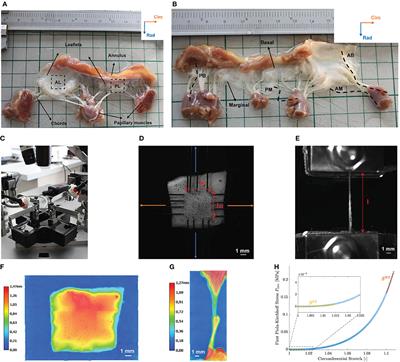
REVIEW
Published on 09 Mar 2022
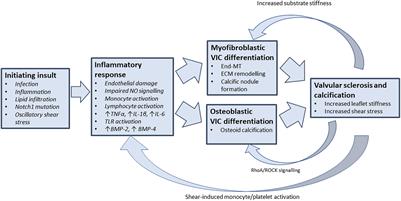
SYSTEMATIC REVIEW
Published on 04 Jan 2022
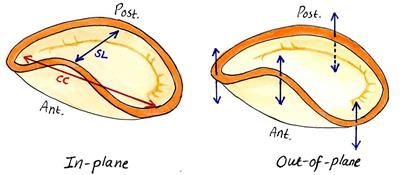
MINI REVIEW
Published on 08 Jul 2021

ORIGINAL RESEARCH
Published on 22 Jun 2021
